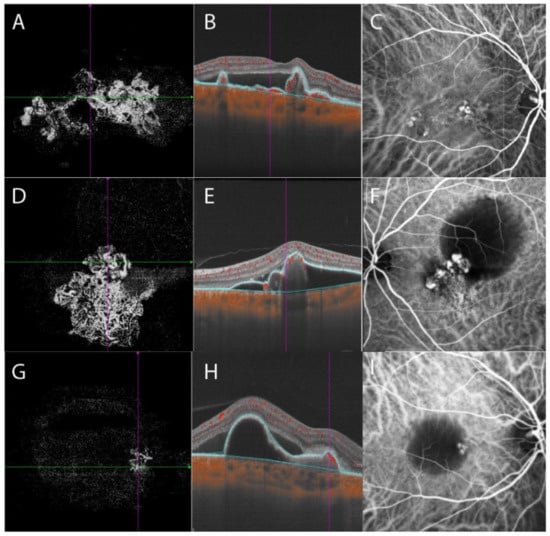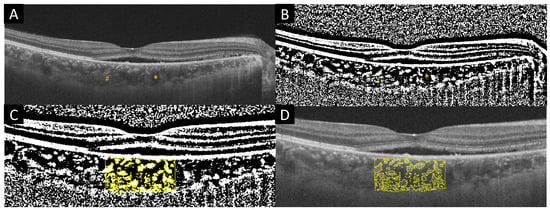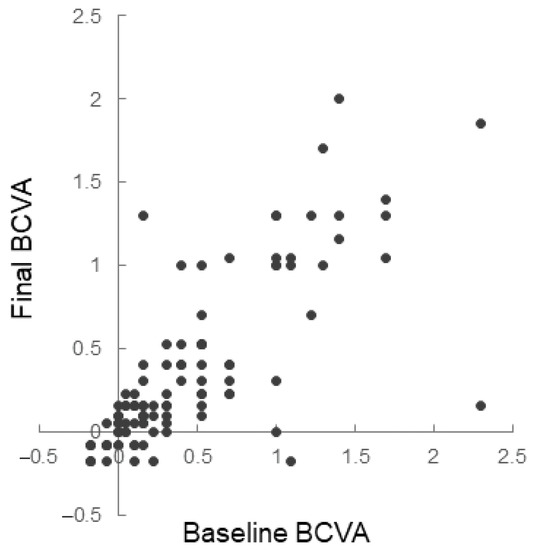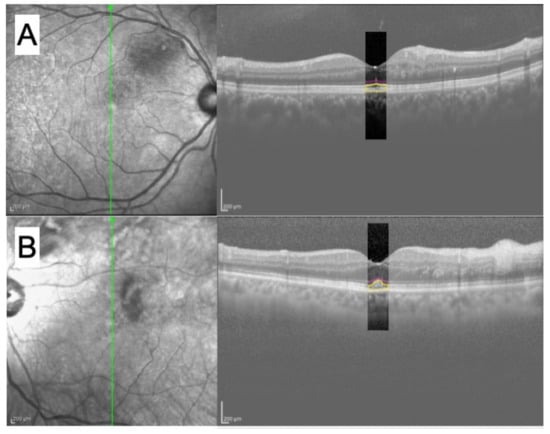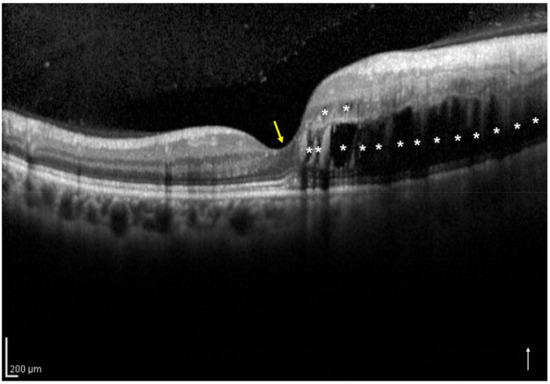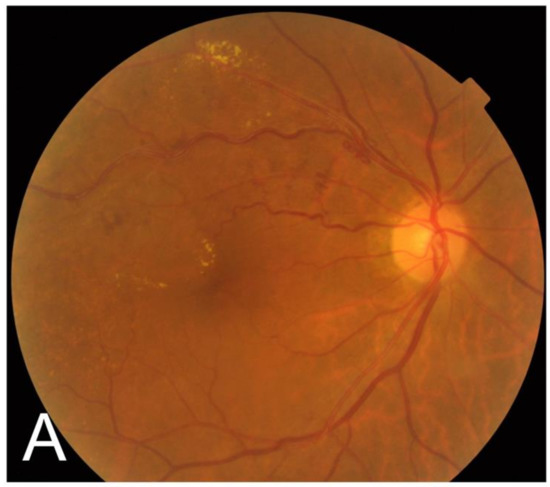Recent Advances of Examination and Treatment for Retinal and Choroidal Diseases
A topical collection in Journal of Clinical Medicine (ISSN 2077-0383). This collection belongs to the section "Ophthalmology".
Viewed by 22663Editor
Topical Collection Information
Dear Colleagues,
In recent years, the management of retinal and choroidal diseases has experienced a major evolution in diagnosis and treatment. In the field of diagnosis, not only optical coherence tomography (OCT), which has made great progress in the past 20 years, but also OCT angiography and color scanning laser ophthalmoscope have become popular worldwide. Thus, multimodal imaging has improved the accuracy of diagnosis and understanding of pathology. The increase in the number of examination devices also means an increase in the number of images of healthy and diseased eyes. Imaging methods have evolved significantly with the spread of artificial intelligence.
Treatment for diseases has also evolved dramatically. No one would disagree that the first and foremost one is anti-vascular endothelial cell growth factor (VEGF) drugs. Anti-VEGF drugs have become the mainstay of treatment for retinal diseases, including age-related macular degeneration (AMD) and diabetic retinopathy and macular edema, and have greatly increased the potential of pharmacotherapy for such diseases.
This Topical Collection invites a wide range of research related to ophthalmic examination, diagnosis, and treatment. Our aim is for this issue to be of help in the management of retinal and choroidal diseases and to assist you in your future research.
Dr. Hiroto Terasaki
Collection Editor
Manuscript Submission Information
Manuscripts should be submitted online at www.mdpi.com by registering and logging in to this website. Once you are registered, click here to go to the submission form. Manuscripts can be submitted until the deadline. All submissions that pass pre-check are peer-reviewed. Accepted papers will be published continuously in the journal (as soon as accepted) and will be listed together on the collection website. Research articles, review articles as well as short communications are invited. For planned papers, a title and short abstract (about 100 words) can be sent to the Editorial Office for announcement on this website.
Submitted manuscripts should not have been published previously, nor be under consideration for publication elsewhere (except conference proceedings papers). All manuscripts are thoroughly refereed through a single-blind peer-review process. A guide for authors and other relevant information for submission of manuscripts is available on the Instructions for Authors page. Journal of Clinical Medicine is an international peer-reviewed open access semimonthly journal published by MDPI.
Please visit the Instructions for Authors page before submitting a manuscript. The Article Processing Charge (APC) for publication in this open access journal is 2600 CHF (Swiss Francs). Submitted papers should be well formatted and use good English. Authors may use MDPI's English editing service prior to publication or during author revisions.
Keywords
- optical coherence tomography (OCT)
- OCT angiography
- color scanning laser ophthalmoscope (SLO)
- anti-VEGF therapy
- age-related macular degeneration (AMD)
- diabetic retinopathy
- diabetic macular edema
- retinal vein occlusion
- central serous chorioretinopathy







